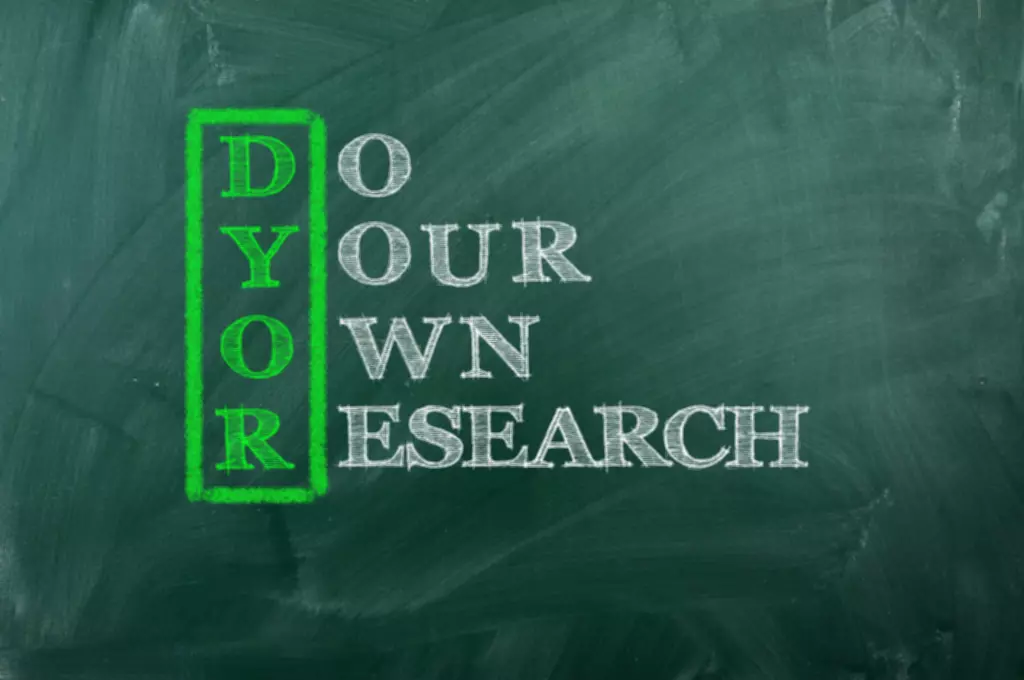Content
Bianca Caballero is a subject matter expert at Fit Small Business who covers Sales and Customer service topics. Prior to working at FSB, she was in field sales and territory management. When she launched her career as a writer, she worked with companies from the US, Australia, and China.
And an operational CRM is most important for companies seeking to improve the processes related to the full customer lifecycle, and those who want to employ automation to introduce efficiencies. While all those benefits apply on some level to just about any CRM, customer relationship management includes a large category of CS, marketing, and sales tools. Different CRM products and methodologies vary in terms of features and focus, and they can be divided into three main categories. Automated sales processes oversee internal reminders and even external messaging with prospects. Broadly, these sales automation features minimize the risk and scope of errors in the hands of your sales team. Sales reps should focus on showcasing your company’s value proposition, not messing with your marketing software.

Lead scoring tools will allow you to achieve super-specific metrics on customers at different levels (i.e. regional and national) and rank them. In turn, that lets you run boutique, hyper-targeted campaigns. There are many important example areas of application of analytical CRM.
Crm Analytics Tools Comparison Chart Top 10 Highest Rated Applications
Invest time into closely following customers along their journey to observe all the customer interactions. From the moment they first discover your company, including every sales and service activity. Service CRM – Scale your customer interactions with ourCustomer Service CRM. The platform can be customized to your company’s specific processes and stages of your customer lifecycle. Collaborative CRM– Engages your company’s employees to communicate across different channels.
We also walk through the types and examples of CRM software and how to implement them. There are collaborative CRMs with in-built Partner Relationship Management software application which helps in managing partner promotions. It enables expert collaboration and provides state-of-the-art social capabilities. ”, “Which consumers responded positively to the last campaign and converted? Consumer products are serviced at retail outlets at the first contact.
Using a bespoke, industry-style algorithm, we rated each provider across four key metrics. However, you’ll have to pay extra for ‘Customer Insights’ and ‘Customer Service Insights’, its separate analytical tools for marketing and service teams, respectively. Lacks plug-ins for integrating with third-party marketing automation tools and incentive management BI tools. Use data gathered via CRM analytics tracking to run several reports on sales forecasting, sales cycles, sales conversion, sales pipeline and goal comparison.
Customers at the IFS Unleashed conference showed interest in the IFS ESG module, which is intended to measure ESG data and … Microsoft Syntex is a bundle of AI services for enterprise content repositories. https://xcritical.com/ To pick the right CRM system, an organization must first understand the differences between the three main CRM types. Learn more about these CRM types and the pros and cons of each.
For example, digital marketing and account-based marketing campaigns operate across different channels to reach as many people as possible. Both can be integral parts of a cross-channel marketing strategy that works to engage with people no matter where they are or how they want to interact with you. Collaborative CRMs focus on interaction management with customers through customer touchpoints. This communication is shared across internal departments of a company. It improves team collaboration, increases customer service and business management. Social CRM involves the use of social media and technology to engage and learn from consumers.

An analytical CRM can help you find patterns in purchase history—so you know exactly which people to target with upsells and cross-sells. The metrics you use to gauge success here will depend on the goals you set. But if you’re making an investment in a CRM product—especially if it’s a costly one—you want to make sure it’s paying off in the way you intended.
Customer Analytics
Collaborative CRM is an alignment of resources and strategies between separate businesses for identifying, acquiring, developing, retaining, and maintaining valuable customers. It is employed in B2B scenario, where multiple businesses can conduct product development, market research, and marketing jointly. Event-based marketing is all about messaging and presenting offers at a particular time.

By 1986, Pat Sullivan and Mike Muhney released a customer evaluation system called ACT! Based on the principle of digital Rolodex, which offered a contact management service for the first time. An operational CRM tracks and manages your company’s interactions and contacts with prospects and customers.
Diagnostic Analytical Crm
Only recently has its moved to be part of marketing departments’ arsenals. This evolution of ownership has been mirrored in an evolution of usability, and interfaces have become easier, smarter and better. Simpler, smarter tools will encourage larger user groups within an enterprise and hence an enlargement of the market. Sales –A sales manager compares his Q4 forecast to last year’s purchase history in the same quarter.
- That particularly includes companies that have multiple locations and that provide omnichannel support.
- You’ll get information on where to place resources for new marketing campaigns, which products/services to market, and insights about how and where to market any new products.
- This connects every team member in your company, even your remote employees.
- Understanding the functionality and individual capabilities of each type of CRM will allow you to develop a strategy that works specifically for your business.
- Read our independent editorial review to learn about the best free real estate CRM options and their use cases.
- For example, if a customer is prompted by an email to view additional items on your site, you may be notified to reach that person and contact him.
First-touch attribution links revenue to a lead’s first interaction with your company. Analytical CRMs do the math for you, so you don’t have to create the world’s most complicated spreadsheet to identify sales trends. If a lead has spoken with a sales rep several times and downloaded content from your site, they already know who you are. You should use a different funnel, shorter than the 1 you’d use for a contact who filled out a form on your site but never spoke to a sales rep. Learn how to effectively select and implement a CRM system to improve collaboration, track leads, and close more deals.
For instance, an ActiveCampaign user can create a sales automation to assign a task based on the deal value. If the deal value is above $500, the CRM will automatically assign a task for a salesperson to call the lead. If the deal value is below $500, the lead will automatically be entered into a nurture campaign.
Improve the efficacy of marketing campaigns by segregating audience in terms of different criteria. This CRM analyzes data from multiple sources, such as web forms, white paper downloads, and other portals to help profile prospects. Viquepedia.com is an online encyclopedia created primarily to make educational topics understandable and accessible to everyone free of charge. Although a work in progress, this educational portal boasts huge amount of information on many topics across many areas of study, and promises more. After these systems have completed their various analysis, they supply information to the organization in the form of reports and digital dashboards. Also, OCI users will have access to Nvidia’s Enterprise AI system and …
So What Is Analytical Crm?
Is an analytical CRM great for both sales and marketing activities and data. You can analyze typical data like revenue, traffic, and trends, plus test hypothetical metrics via Zoho’s “what-if” analyses. For example, if you’re considering a certain discount, you can run an analysis to predict how that discount will affect your overall sales. This unique ability in addition to Zoho’s other analytics and measurement functionality makes for a strong decision making tool. Sugar Discover – available as an add-on to SugarCRM’s products for sales, customer service, and marketing automation – does its work very much behind the scenes.
Service providers and account-based sales organizations, in particular, can benefit from insights mined from the CRM platform, helping them identify and convert more leads. Keep in mind that analytical CRMs can be quite costly compared to their operational and collaborative counterparts, and are often much more complicated. In general, businesses of all shapes and sizes can benefit from an operational CRM.
Zoho Analytics: Feature Analysis
By using CRM analytical tools and data to identify key trends, you are able to gain insight on how to further develop your strategies in order to reach your business’s goals. Unlike the other two CRM subsets, analytical CRMs provide a deeper level of intelligence, which is what its name implies. Its objective is to create an automated way to get more insight about what it predicts are your best opportunities. Most users of this type of CRM include data analysts, accountants, as well as business intelligence professionals. Marketing automation helps you discover ways to market to prospects and leads. This operational CRM tool fills in the gap that often occurs between the moment a customer browses your website and the moment that customer actually speaks with the sales team.
Collaborative CRMs prioritize customer service, customer experience, and customer retention by allowing internal and external stakeholders to share information. This is where business intelligence meets contact management. An analytical CRM makes sense of your data—including some you might not even know you have. An operational CRM can help you automate how you market to leads and prospects. You can drop people into email funnels based on the information you have about them.
Customer Journey
Allows businesses to analyze data collated from multiple channels and leverage it to enhance customer satisfaction. Detailed customer profiles are useful to ascertain preferences and gain a better understanding of the customer lifecycle. These insights are beneficial in lead conversion and customer retention. Predictive modeling for marketing helps use big data and business intelligence to anticipate customer behavior.
Location, age, gender, marital status, income are all details analytical CRMs might capture. Large and small businesses alike need to stay on top of their customer data. From a management perspective, it’s often hard to know who is analytical crm doing what on your sales team. Depending on your business, it might even be hard to figure out who is making sales and who isn’t. If you’re not using a sales pipeline to tracks deals, it’s anybody’s word to say they closed a sale.
The forecasting system or the predictive analysis helps predict the probability of outcomes and understand business strategies failed. This type of automation focuses on how to entice those within your circle that have yet to become a solid customer of your company. Through marketing automation, you are also able to score leads based on interest level, which can help you create a more successful and accurate prospect list.
Other capabilities include sales force automation, sales planning, sales performance management, customer data management, DataFox data management and more. There are mobile apps with responsive designs for both Android and iOS devices. Analytical CRM offers comprehensive analysis by providing information about mass customers and prospects through segmentation. This further helps in developing marketing strategies based on customer segmentation, making it easier to target prospective customers. The best way to understand this is to know what your business requirements are. The amount of data an analytical CRM application holds can be used as a goldmine to dig deeper every time customer and potential customer-related insights are needed.
These capabilities can enable you to better track key performance indicators such as number of won deals and customers. Companies can then leverage the data they’ve collected for better sales efforts, targeted marketing campaigns, and personalized customer support. Generally speaking, the most crucial components of an analytical CRM are data warehousing, data mining, and OLAP tools. HubSpot is an all-in-one CRM platform meant to align internal teams, pull meaningful insights, and report on growth opportunities. It does this by combining Marketing Hub, Sales Hub, Service Hub, and CMS Hub, along with hundreds of available integrations, to facilitate marketing, sales, and service processes.
Know the answers to these questions by measuring the performance of all closed transactions in your CRM system. Now that you know how to dial in your marketing efforts, use your CRM to measure how it’s working. Between the stage of a customer who browses your website to speaking with sales, there’s a huge gap. Sales professionals share a disdain for speaking with unqualified prospects, and the prospect hates it because they’re not primed for a sales conversation. If there’s a prospect not quite ready for a sales conversation, you can rely on your operational CRM to remind you to touch base with them in a few months. This patience fosters trust and respect and even makes your company appear more likely to follow through on its commitments.
